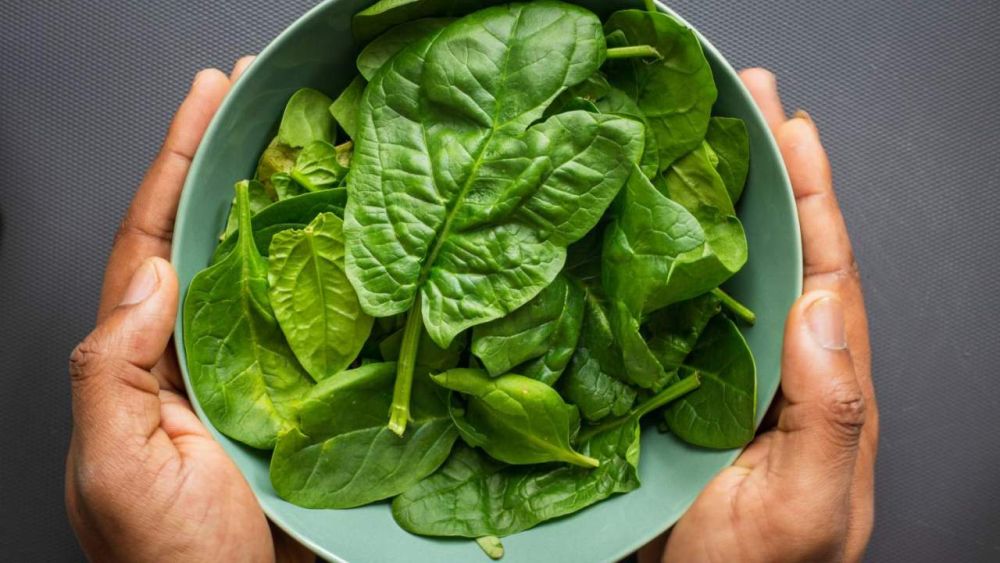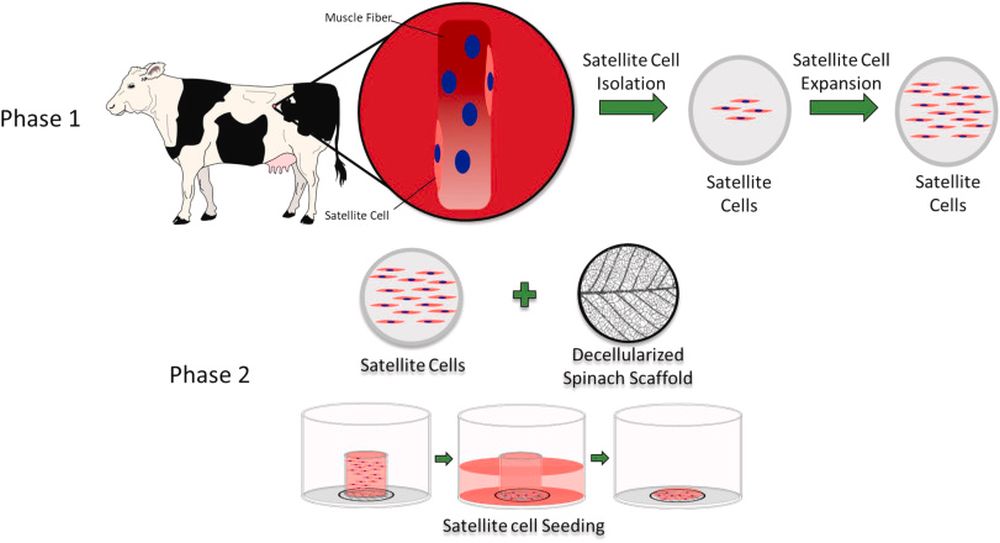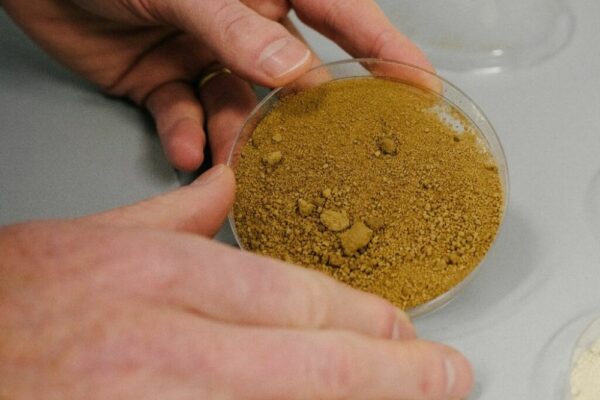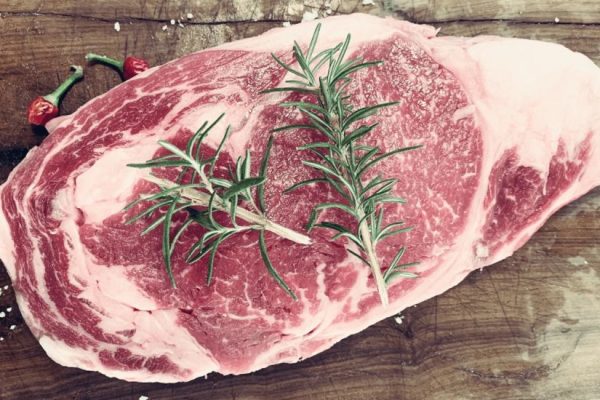Decellularized Spinach Serves as Scaffold and Edible Platform for Lab-Grown Meat
While it will be years before lab-grown meat is easily accessible to all, scientists are making advances to accelerate the development of cultured meat. Recently a team of researchers successfully used spinach as a scaffold to provide an edible platform for lab-grown meat.
Published in the journal Food BioScience, the findings reveal that the stripped, veiny skeleton of spinach successfully provided an edible substrate upon which the researchers were able to grow bovine animal protein. The results can help make great strides in increasing the production of cellular agriculture products to fulfill the rising demand and reducing environmental impact, simultaneously.

Team of researchers successfully used spinach as a scaffold to provide an edible platform for lab-grown meat | Image: Marie Claire
According to Boston College Professor of Engineering Glenn Gaudette, the lead author of the study,
Cellular agriculture has the potential to produce meat that replicates the structure of traditionally grown meat while minimizing the land and water requirements. We demonstrate that decellularizing spinach leaves can be used as an edible scaffold to grow bovine muscle cells as they develop into the meat.
The team included Worcester Polytechnic Institute graduate students Jordan Jones and Alex Rebello, who removed the plant cells from the spinach leaf and used the remaining vascular structure to grow isolated cow precursor meat cells. The cells remained intact for up to two weeks and then separated into muscle mass.

Diagram showing isolation and seeding of primary bovine satellite cells on decellularized spinach scaffold | Image: Food BioScience
Gaudette further added that it is imperative to develop environmentally and ethically friendly ways to grow meat, and the edible scaffold was a way to accomplish that goal. As muscle cells need to adhere to something to grow, spinach skeleton offered a good scaffold; plastic tissue culture plates can be used in the lab, but they are not edible and are fairly toxic.
The researchers are optimistic that the successful results will lead to further characterization of the materials and scientific procedures for a comprehensive understanding of how to achieve large-scale productions to meet consumer demand in accordance with the health of safety of all.


